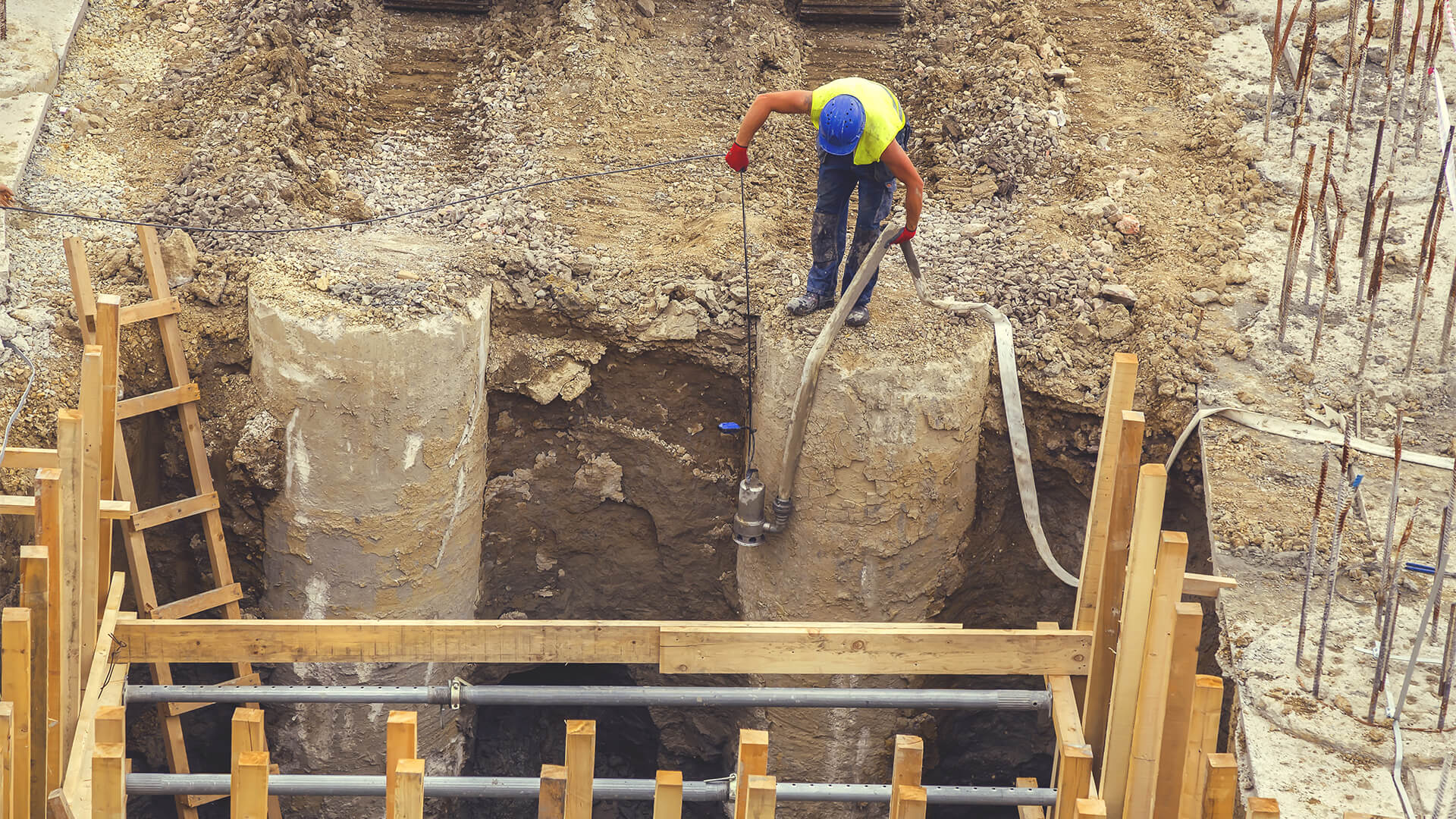Most construction projects need to implement an efficient dewatering management plan to maintain a safe worksite and a more solid structure. Dewatering is necessary for projects involving deep excavations and in water-logged areas.
Reducing water levels underground need to be controlled because water can accumulate in pits and trenches underground. This can be done through various pumping and recharge methods, which will be briefly discussed in the succeeding sections of this article. In the meantime, here are the key points in creating an efficient construction dewatering management plan:
1. Conduct A Pre-Survey
Before drawing out a construction dewatering plan and anything else, survey the area and study the soil conditions, among other factors. Typically, construction companies use water pumps for construction to dewater a site.
Studying the soil conditions is important, as well as understanding the water table conditions in the construction area. In some cases, underground water stays near the surface, so another method could work.
2. Consider Some Factors Before Dewatering
Before coming up with the right dewatering method for your project, consider the following factors first:
- Project site
- Depth, size, and type of excavation required
- Type, thickness, and stratification of the soil
- Other geological conditions
- Water table levels in the proposed dewatering sites
- Potential damaging impact of each dewatering method considered
- Depth of the area in which the water extracted from upper ground levels is transferred or lowered
- Structures impacted by water lowering
- Cost of installing and operating the dewatering system
- Permits and requirements needed before excavation and dewatering operations could start
- Comparing dewatering versus other methods
- Groundwater volume and the capacity of each dewatering method to draw out water
- How the dewatering system can impact the building operations
- Space available for dewatering installation
- How long the dewatering system is needed
After carefully considering these factors, engineers can then decide which strategy is most efficient given the size, scope, and nature of the construction project.
3. Choose The Right Dewatering Method
Removing or lowering the groundwater levels near your construction site can be done in simple or complex ways. In this case, here are the most popular dewatering methods most engineers apply for their projects:
- Open Sump Pumping: This is the simplest and most common dewatering method that relies on gravity. A pit or sump is made in an excavated area so that water from nearby areas gather, making it easier to pump out. This method is used mainly in waterlogged sites or when the water volume that needs to be drawn out isn’t so significant.
- Deep Well Construction: Placing deep wells in the project vicinity forces water to gather deep underground due to gravitational force. This reduces the water levels in the upper ground levels. This method is perfect for sites containing high water levels that need to be removed.
- Chemical Consolidation Of Soil: The soil around the area to be excavated is toughened using chemical compounds made from calcium chloride and soda silicates. Carrying out this method carries a hefty price, so it’s not a great choice for most small-scale projects.
- Cement Grouting: Grout is made from a mixture of water, cement, and sand; and this compound is inserted into several holes in the ground. This process makes clayish-type soils and stone cracks to become impermeable.
- Wellpoint System: This method involves the installation of a series of wells and is one of the most efficient strategies in lowering the water tables in an excavated area.
In all these methods, care should be taken to minimize erosion in nearby areas. Ditch linings and ripraps should be built especially in the discharge point. Other simpler ways to dewater a site include the use of the following:
- Gravity Drain: This dewatering method uses drainage channels to transport water away from the area where construction works are taking place and toward a specific discharge location.
- Scooping: Sometimes, using large construction buckets to take and transfer water to a dumping point will do.
4. Learn Dewatering Precautions
One of the most common problems lie in the discharge site where the risk of soil erosion is high. To counter this, use dewatering bags to filter any sediments. Most dredging operations and construction sites use dewatering bags. Made from sturdy geotextile fabric, these bags filter water and removes sediments.
Sludge and slurry pumps used in some construction projects where oil and sludge are present can benefit from the filtering capacities of these bags. In choosing the best site to dump water and for a few examples of the best dewatering practices, consider the following points:
- Dewatering should be diverted to a wooded section
- Don’t pump into slopes
- If the water dump site shows signs of erosion, look for another area
- Make sure the dewatering channels are stable
- Avoid dewatering activities during the rainy season
- Take extra care if water is to be dumped toward a lake, wetlands, or even sewerage system.
The Bottom Line
Before starting dewatering, an engineer will have to conduct a proper survey and analysis of the area, including the proposed discharge site. Each dewatering method has its downsides and benefits, and some work better in certain conditions than others. The key is to balance all the essential components to come up with a safe worksite that yields the best project results.

































